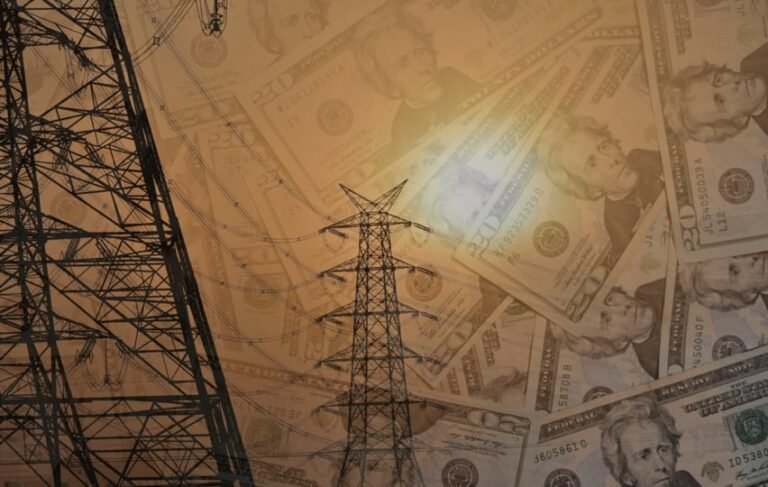EEI President Says Energy Efficiency Is A Priority. Why Are His Members Then Working to Weaken State Efficiency Programs?
On Wednesday, Thomas Kuhn, president of the Edison Electric Institute (EEI), the trade association for investor-owned utilities in America, said, “energy efficiency is a priority for our business.” Kuhn continued by saying efficiency programs, “have been saving customers a lot of money.”
Kuhn was representing EEI at the 11th Annual State of the Energy Industry Forum sponsored by the United States Energy Association.
Energy efficiency programs have been in the news recently, not because the EPA is looking to expand efficiency through the Clean Power Plan, but because utility companies have been urging lawmakers and regulators to weaken or eliminate efficiency programs altogether.
In November, the Florida Public Service Commission voted to gut the state’s energy efficiency goals by more than 90 percent for electric utilities (Duke Energy Florida, Florida Power & Light, Gulf Power Company, and Tampa Electric Company). The PSC accepted the staff’s recommendation and sided with the utility’s belief that building additional power capacity is more beneficial to state ratepayers instead of spending money on energy efficiency programs. Research shows that Florida residents are spending 40 percent more on energy than the average American and energy efficiency is the least expensive way for utilities to decrease bills for ratepayers.
In March, Indiana Gov. Mike Pence refused to either sign or veto a bill that would end Indiana’s statewide energy efficiency program, and as a result, by default, the legislation became law. Energy efficiency in Indiana saved enough energy in the past two years to power nearly 78,000 homes.
And, Arizona regulators are currently considering a proposal to eliminate the state’s efficiency program. The Arizona Corporation Commission (ACC) adopted the energy efficiency program in 2010 with a 5-0 vote after years of meetings and workshops with stakeholders. After gathering input, the commission ruled that investor-owned utilities in the state must reduce the amount of power sold by 22% by 2020. Electric cooperatives in the state must reduce the amount of power sold by 16.5% by 2020. The ACC found that energy efficiency programs would not only save money for customers, but it would also help create stable electricity prices, and reduce pollution and water usage. This is extremely important in Arizona where water consumption and the on-going drought are a huge concern.
Utilities Want to Weaken Efficiency Programs To Protect Their Revenue
The Florida Public Service Commission’s decision protects the utility industry’s outdated business model of passing billions of dollars of new power plant infrastructure costs onto consumers. For example, the PSC recently approved Duke Energy’s $1.5 billion 1,640 megawatt proposed natural gas plant in Citrus County.
In 2013, Purdue University’s State Utility Forecasting Group concluded that the Indiana program would save 1,800 megawatts in peak energy demand by 2022. Those savings could help avoid the construction of new power plants, which are ultimately paid for ratepayers. But, Indiana utilities make money when they construct new power plants.
The energy efficiency programs in Arizona are expected to save ratepayers $9 billion through 2020. Again, that is money that could boost utility companies’ profits.



